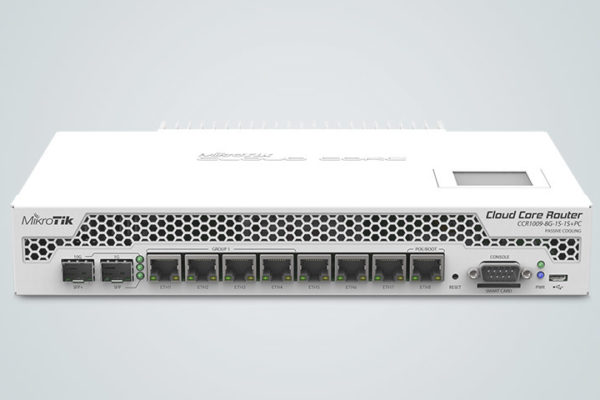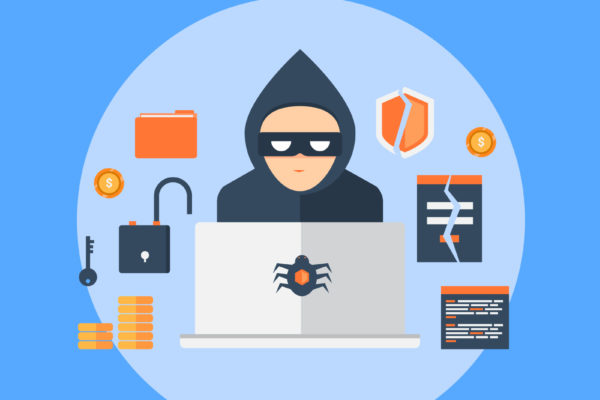In mid 2000s, Amazon became one of the pioneers in the cloud computing industry as it released the highly popular AWS (Amazon Web Services). Soon, in the next decade, cloud computing gained recognition. Cloud is simply another name for “internet”. Businesses who use cloud can utilize remote IT infrastructure to make use of hardware, OS, and software level needs via a reliable internet connection. For example, if a retail business wants to store the inventory data, then it can use a cloud storage service which saves the hassle of purchasing, configuring, and maintaining an on-site storage device.
Other than cloud computing, artificial intelligence, machine learning, Internet of Things, augmented reality, and virtual reality have gained similar ground in the last decade. While these technologies promise a futuristic world with more comport, productivity, and efficiency, unfortunately, they remain in the crosshairs of cybercriminals. So who is their latest victim?
Hacking the Cloud
It is 2019 and the ransomware threat remains fresh as ever. Sometimes, it almost feels as if the laws of time have stopped working in this industry—they remained a top threat in 2015, 2016, 2017, 2018, and this year seems no different. Experts believe that this year, infections will target one of the most critical components of businesses—cloud hosted email solutions!
The prediction owes to the recent discovery by ransomware removal experts who discovered cases of corrupted G Suite and Office 365 while SharePoint sites and OneDrive files are other notable casualties of these attacks.
One of the major proponents of this hacking strategy is the proof-of-concept strain, RansomCloud. The demo of the ransomware was already shown to ransomware removalexperts in 2018 when the security professional, Kevin Mitnick, showed a live demonstration. The demonstration explained how the ransomware was able to infect Office 365.
Mitnick’s demonstration was followed by several reported cases in which cloud solutions were infected by cybercriminals.
Datto’s Annual Ransomware Report stated that out of 2,400 security professionals, almost 30 percent found SaaS applications to be threatened by the ransomware strains. About 50 percent of those analysts pointed out the infection in Microsoft Office 365 while 22% percent revealed G Suite as the hacked software.
According to a ransomware removal specialist, cloud ransomware attacks and regular ransomware attacks are quite different as the former are more serious and damaging in nature.
RansomCloud
As the name suggests, the ransomware is specifically designed to infiltrate the cloud. This entails attack on any of the SaaS application. Like regular ransomware attacks, these attacks can also use email phishing to trick their victims.
If G Suite and Office 365 are rendered useless through a cloud attack, then it means that the companies have nowhere to run to as their backup solution is in tatters.



